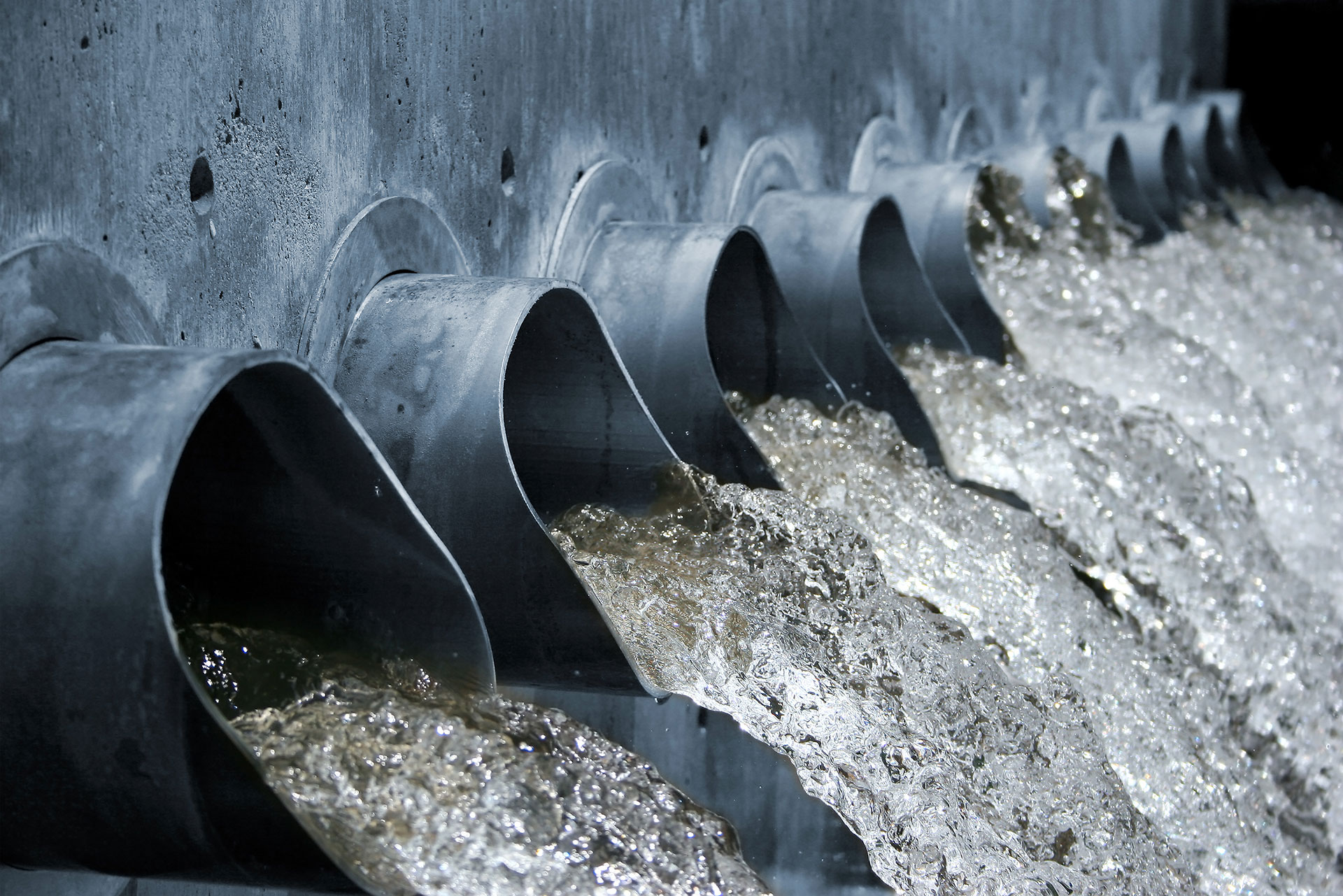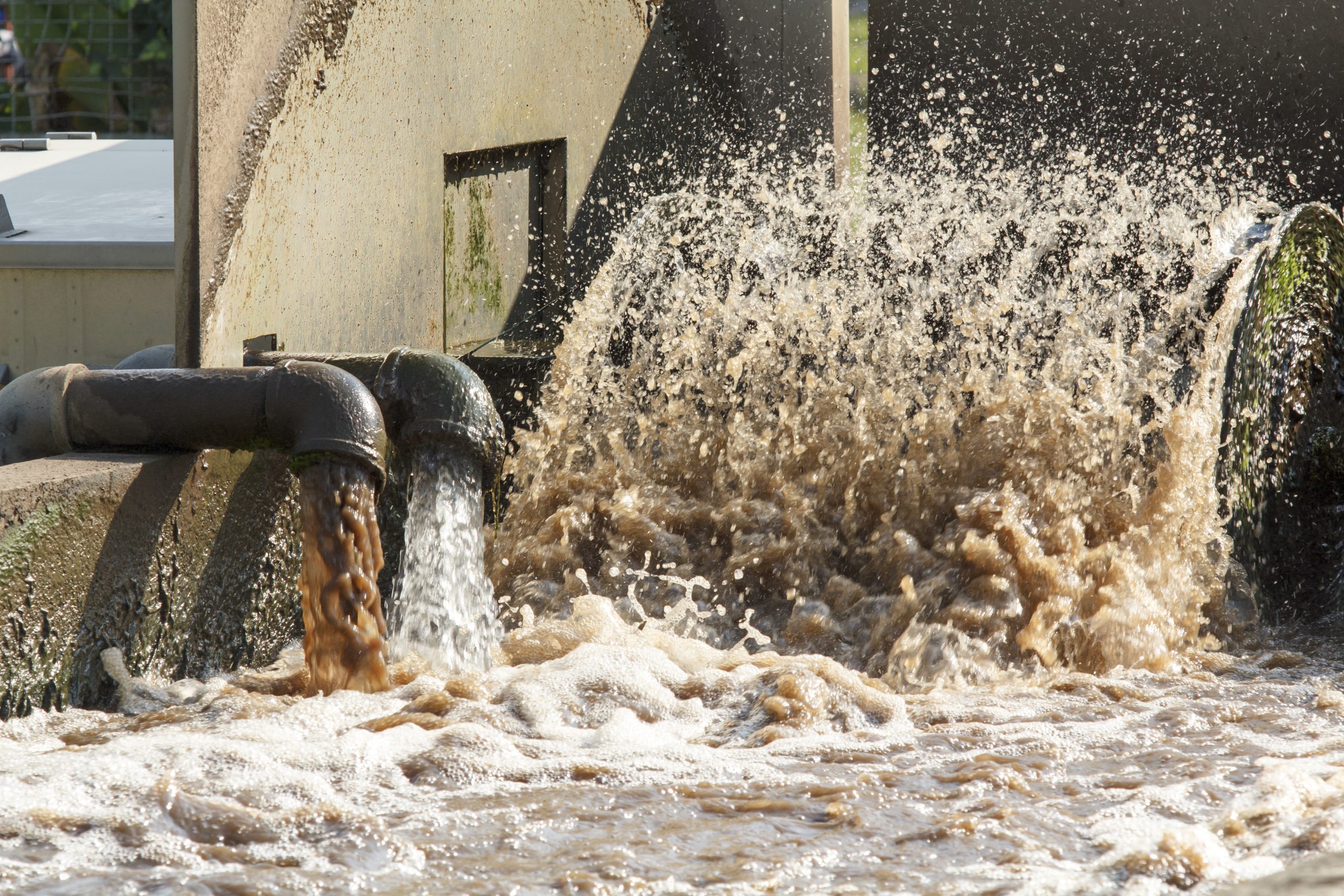Key Methods in Hazardous Waste Water Therapy Procedures
The treatment of commercial wastewater is a crucial aspect of ecological administration, involving a variety of strategies developed to mitigate the influence of contaminants. From the essential physical techniques that divide solids to the advanced chemical and organic processes that target certain contaminants, each technique plays an essential role in attaining water quality criteria. Developments in innovations such as membrane filtering and progressed oxidation procedures supply cutting-edge services for boosting therapy efficacy. Comprehending exactly how these techniques adjoin and their implications for sustainability elevates crucial inquiries about the future of wastewater administration in market.
Physical Therapy Methods
How successfully can physical therapy approaches resolve the intricacies of commercial wastewater? Physical treatment approaches play a pivotal role in the preliminary stages of wastewater administration, focusing primarily on the removal of solids and huge particulates. Strategies such as filtering, sedimentation, and flotation are vital for minimizing the concentration of suspended solids, consequently boosting the effectiveness of subsequent treatment procedures.
Sedimentation includes the gravitational settling of solids, allowing for the splitting up of larger materials from the wastewater. This technique is especially reliable in clearing up water prior to chemical or organic treatments.
Furthermore, flotation methods, which use air bubbles to raise suspended solids to the surface for elimination, work in treating wastewater with high focus of fats, oils, and greases. On the whole, physical therapy techniques act as an important initial step in the thorough monitoring of commercial wastewater, guaranteeing that the lots on subsequent therapy stages is lessened and enhancing general treatment efficiency.
Chemical Treatment Methods
While physical treatment methods prepared for efficient wastewater management, chemical therapy methods are crucial for attending to the extra complicated contaminants commonly discovered in industrial effluents. These techniques utilize different chemical representatives to speed up, reduce the effects of, or oxidize harmful materials, guaranteeing a more thorough removal of toxins.
One common strategy is coagulation and flocculation, where chemical coagulants such as light weight aluminum sulfate or ferric chloride are included to promote the gathering of put on hold bits. This process enhances solid-liquid separation, reducing turbidity and enhancing water top quality. In addition, neutralization processes are used to adjust the pH of wastewater, utilizing bases or acids to counteract acidic or alkaline streams, respectively.
Oxidation-reduction responses play an important duty in derogatory natural pollutants and virus. Chemical oxidants like hydrogen, chlorine, or ozone peroxide are utilized to break down complex natural compounds, making them much less hazardous or a lot more biodegradable. Progressed oxidation procedures (AOPs) incorporate numerous oxidation strategies to improve toxin elimination performance.
Organic Therapy Processes
The efficiency of wastewater therapy is dramatically boosted by organic treatment procedures, which harness the all-natural metabolic activities of bacteria to decay natural matter and remove pollutants. Industrial Waste Water Treatment. These processes mainly include anaerobic and cardiovascular digestion, each tailored for specific sorts of wastewater
Aerobic therapy procedures utilize oxygen to support microbial growth, advertising the failure of organic contaminants into co2 and water. Usual approaches include turned on sludge systems, where oygenation storage tanks help with the mixing of wastewater with bacteria, and dripping filters, which encourage biofilm growth on media surface areas.
On the other hand, anaerobic treatment procedures take place in the absence of oxygen, utilizing anaerobic microorganisms to decay natural matter, resulting in biogas manufacturing, a sustainable energy resource. Anaerobic digesters are usually utilized in industrial setups for this function, additional resources efficiently reducing the quantity of sludge while generating beneficial biogas.
The choice of a biological therapy technique depends on wastewater features, therapy objectives, and regulatory criteria. The integration of organic processes in wastewater treatment not just boosts contaminant elimination efficiency yet likewise advertises sustainability by reducing chemical use and supporting source healing.
Advanced Oxidation Processes

Typical AOP techniques consist of Fenton's ozonation, photocatalysis, and reagent. Fenton's reagent, a mix of hydrogen peroxide and ferrous iron, catalyzes the formation of hydroxyl radicals, making it effective for treating wastewater including phenolic substances and various other stubborn materials.
AOPs use numerous benefits, including decreased sludge production and the capacity to treat wastewater with high concentrations click here to read of organic toxins. Nonetheless, the implementation of AOPs calls for mindful consideration of operational parameters and cost-effectiveness, ensuring that these innovative strategies are suitably incorporated into existing wastewater treatment systems.
Membrane Layer Purification Technologies

Microfiltration works for eliminating put on hold bacteria and solids, while ultrafiltration targets smaller sized organic molecules and viruses. Nanofiltration connects the void in between ultrafiltration and reverse osmosis, successfully getting rid of divalent ions and natural compounds. Reverse osmosis provides the greatest degree of filtration, made use of primarily for desalination and removing mono-valent ions.
Membrane innovations use countless benefits, including reduced power usage contrasted to typical therapy approaches, modular style for scalability, and the possibility for water healing and reuse. Nevertheless, difficulties such as membrane layer fouling and the need for routine maintenance must be addressed to ensure system efficiency. On the whole, membrane filtering modern technologies represent a crucial component of modern commercial wastewater therapy techniques, promoting sustainability and source conservation in water administration.
Conclusion
In conclusion, commercial wastewater treatment uses a varied variety of techniques, consisting of physical, chemical, organic, and advanced approaches. Each strategy plays an essential function in effectively addressing different impurities, boosting water high quality, and promoting source sustainability. The integration of these strategies fosters an extensive therapy technique, ensuring that industrial effluents fulfill regulatory standards while lessening environmental effect. Proceeded developments in these approaches will certainly even more boost the efficiency and performance of wastewater therapy procedures in commercial settings.
The therapy of industrial wastewater is an essential aspect of environmental administration, entailing an array of techniques created to minimize the impact of pollutants.Exactly how successfully can physical therapy methods deal with the complexities of commercial wastewater?Advanced oxidation procedures (AOPs) represent a sophisticated approach in industrial wastewater treatment, developed to successfully degrade natural toxins that are commonly resistant to traditional therapy approaches (Industrial Waste Water Treatment).In verdict, commercial wastewater treatment utilizes a diverse variety of methods, consisting of physical, chemical, organic, and progressed techniques. Continued improvements in these methods will certainly even more boost the performance and performance of wastewater therapy processes in industrial setups